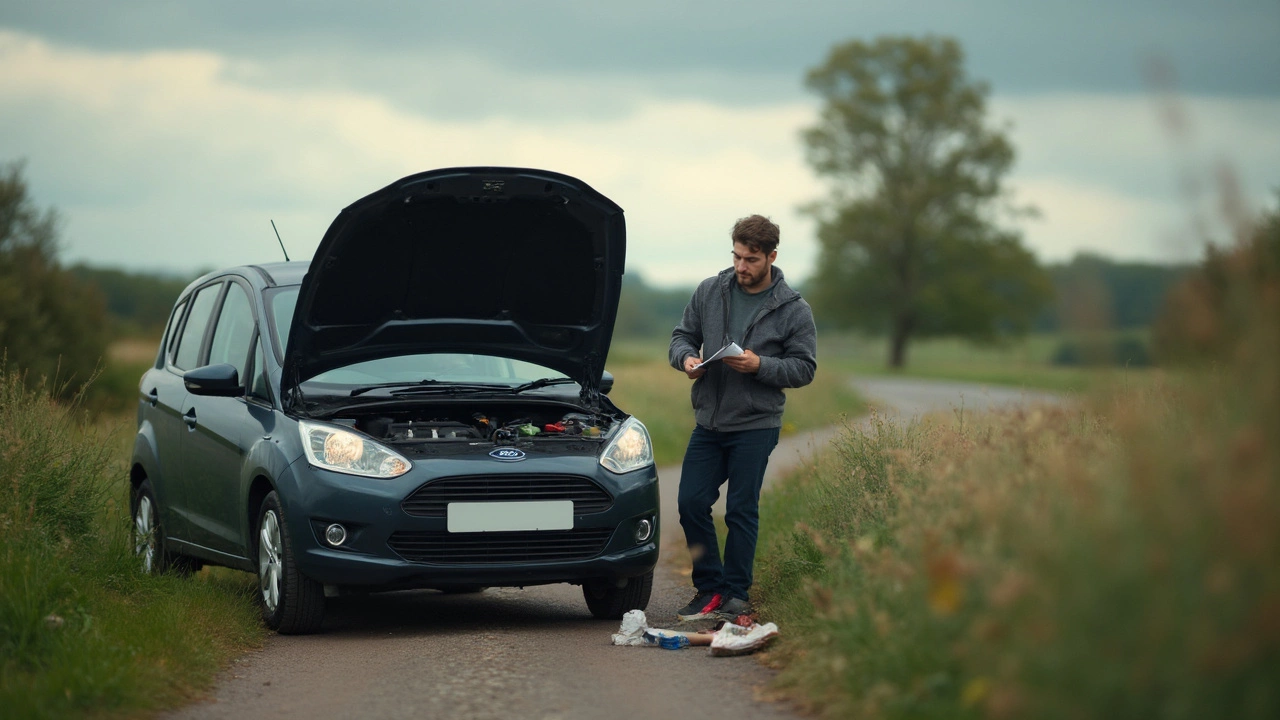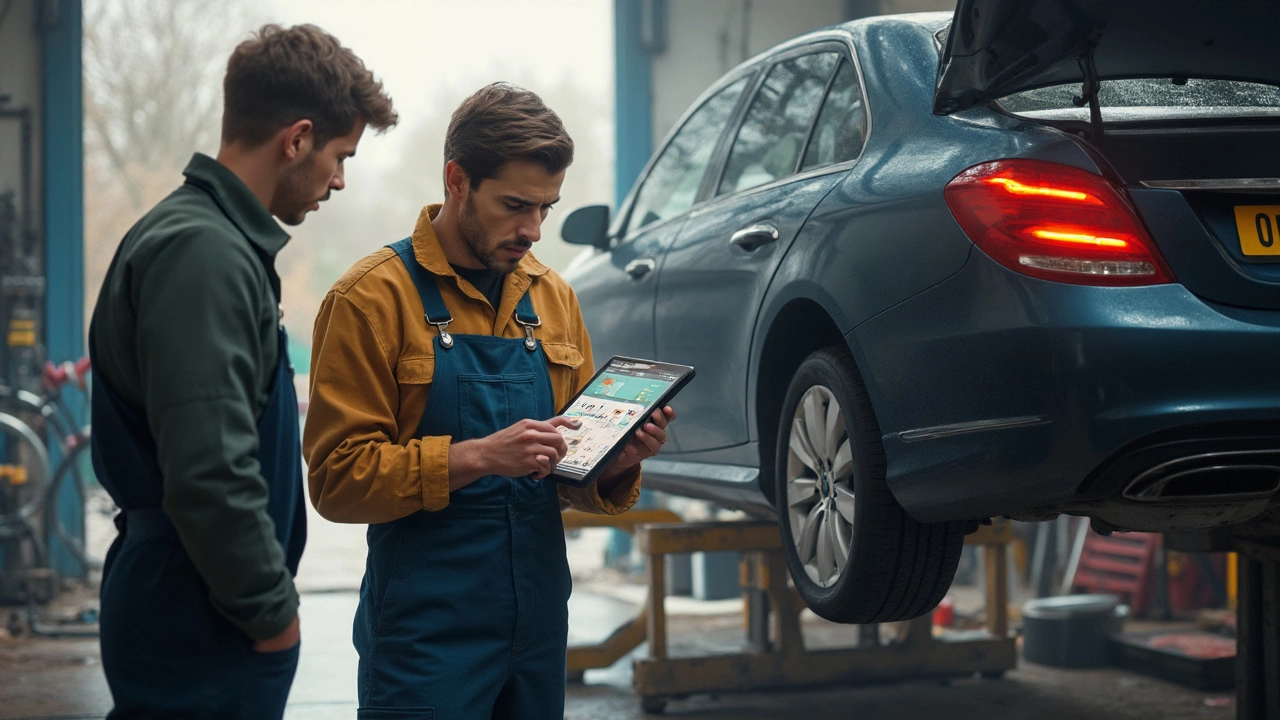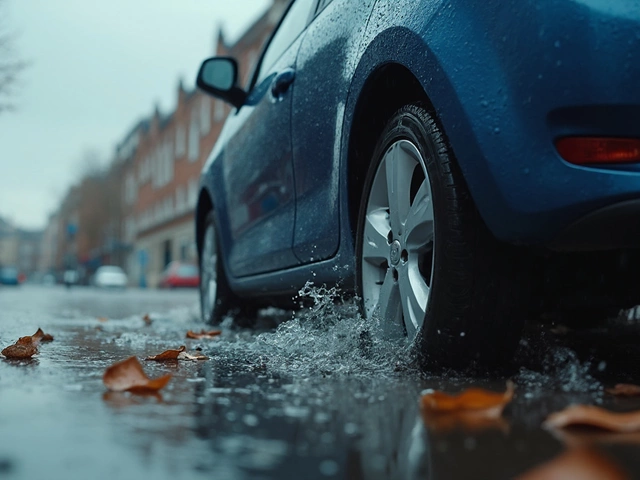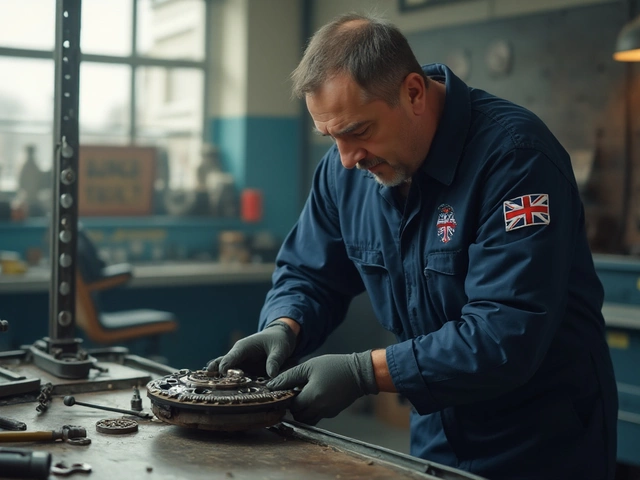Fuel System Basics & Quick Fixes
Ever wonder why your car coughs up a sputter when you step on the accelerator? Chances are the fuel system is trying to tell you something. It’s the part that stores, pumps, and sprays gasoline into the engine so it can run. When any piece of it hiccups, you feel it in the throttle response, fuel economy, or even a total stall.
Understanding the main players—fuel tank, fuel pump, fuel filter, fuel injectors, and fuel pressure regulator—makes it easier to spot a problem before it leaves you stranded. Most issues start simple: a dirty filter, a weak pump, or a clogged injector. The good news? You can often diagnose and even fix these yourself with a few tools and a bit of patience.
How to Test Your Fuel Pump: Step‑by‑Step
The fuel pump is the heart of the system. If it’s not delivering the right pressure, the engine can misfire or refuse to start. Here’s a quick way to check it without a pricey scan tool.
1. Listen for the pump. Turn the key to the “on” position (don’t start the engine). You should hear a faint whirring sound for a couple of seconds— that’s the pump priming.
2. Check fuel pressure. Grab a fuel pressure gauge from a local auto parts store. Attach it to the test port on the fuel rail (your car’s manual shows the exact spot). Crank the engine for a few seconds and read the gauge. Most gasoline engines need 30‑50 psi; diesel engines run higher.
3. Compare to specs. Look up the recommended pressure for your model online or in the service guide. If you’re low, the pump might be wearing out or the filter could be clogged.
4. Test the pump’s voltage. Use a multimeter on the pump’s power feed while the key is on. You should see about 12 volts. No voltage? Check the relay or wiring first; it’s cheaper than replacing the pump.
If the pressure is low and voltage is good, the pump is the likely culprit. Replacing it yourself is doable, but remember to relieve fuel system pressure before disconnecting any lines.
Spotting a Clogged Fuel Injector
Injectors spray a fine mist of fuel into each cylinder. When they get dirty, the spray pattern changes, causing rough idle, loss of power, or a check‑engine light.
Signs of trouble: uneven acceleration, black smoke from the exhaust, fuel odor at the pump, or a drop in fuel efficiency.
DIY check: Disconnect the electrical connector from one injector and spray a bit of starter fluid into the injector’s inlet while the engine is running. If the engine stumbles when you spray, that cylinder’s injector is likely weak.
For a deeper clean, you can use a fuel injector cleaning kit. It connects to the fuel rail, runs a solvent through the injectors, and clears deposits. Follow the kit’s instructions carefully; most kits take about 20‑30 minutes.
If cleaning doesn’t help, the injector may need replacement. A new injector can cost anywhere from £30 to £150 depending on the make, but it’s a solid investment to keep your engine running smooth.
Regular maintenance—changing the fuel filter every 30,000 miles and using high‑quality fuel—helps prevent injector clogging in the first place. Also, avoid filling up at stations with known water contamination issues; water in the fuel can quickly ruin injectors.
Keeping the fuel system healthy is all about catching small issues early. A quick pump pressure check, a routine filter swap, and occasional injector cleaning can save you from costly repairs and keep your car’s mileage honest. Next time your car feels a little sluggish, you’ll know exactly where to look.
 21 May 2025
21 May 2025
Fuel Pump Basics: What Is a Fuel Pump Used For?
Wondering what a fuel pump actually does? This article explains how fuel pumps are the unsung heroes powering your engine. You'll learn what happens inside your car when the pump kicks in, common signs it might be failing, and practical advice for keeping it in top shape. With some cool facts and straightforward tips, you’ll get why this little part matters more than you think.
 9 May 2025
9 May 2025
Fuel Pump Temporary Fix: How to Get Your Car Moving Again
Got a fuel pump that just quit out of nowhere? This article breaks down how you can get your car started when the fuel pump gives up at the worst possible time. Learn practical steps, what tools you'll need, and important safety reminders. We’ll look at quick tricks that can get you back on the road until you can make a proper repair. Handy tips and facts make sure you won’t feel totally stranded if your pump fails next time.
 18 April 2025
18 April 2025
How Long Does It Take to Fix a Fuel Pump? Real-World Timelines and Tips
Not sure how much time you'll lose waiting on a fuel pump fix? This guide clears up how long it actually takes to replace or repair a fuel pump, breaking down each step and what can delay or speed things up. Learn about the right tools, potential hiccups, and practical steps you can take to make the fix easier. Whether you're thinking about doing it yourself or leaving it to the pros, this article covers real-time estimates and insider tips to dodge surprises. Save money, avoid headaches, and get your car running again faster.
 8 April 2025
8 April 2025
Resetting the Battery: Does It Affect Your Fuel Pump?
Have you ever wondered if resetting your car's battery could solve fuel pump issues? Though resetting the battery can solve many electronic glitches in your vehicle, it's not the magic fix for every problem. This article dives into how your vehicle's electrical systems interact and what you should do if your fuel pump is acting up. Get to know practical tips and insights about your vehicle's battery and fuel system, and find out when a mechanic is truly necessary. Discover what resetting your car’s battery can and can't do for your fuel pump.
 14 March 2025
14 March 2025
How to Check Your Fuel Pump
Fuel pumps are crucial for your vehicle's performance, acting as the heart of the fuel system. If your car isn’t starting or you’re experiencing a rough ride, it might be time to check the fuel pump. Learn practical tips and steps to diagnose fuel pump issues before they lead to costly repairs. Checking a fuel pump doesn't require a fancy toolkit, just some essential know-how. This article dives into straightforward methods for testing and troubleshooting your vehicle's fuel pump.
Latest Posts
-

Do Alloy Rims Rust? The Truth About Alloy Wheel Corrosion and Maintenance
-

Buying a Car Battery: Smart Tips for the Best Price
-

How Often Should You Top Up Engine Oil? Essential Guide for Drivers
-

Car Suspension Problems: What Really Wrecks Your Ride?
-

How Long Does Clutch Replacement Take: A Comprehensive Guide

0